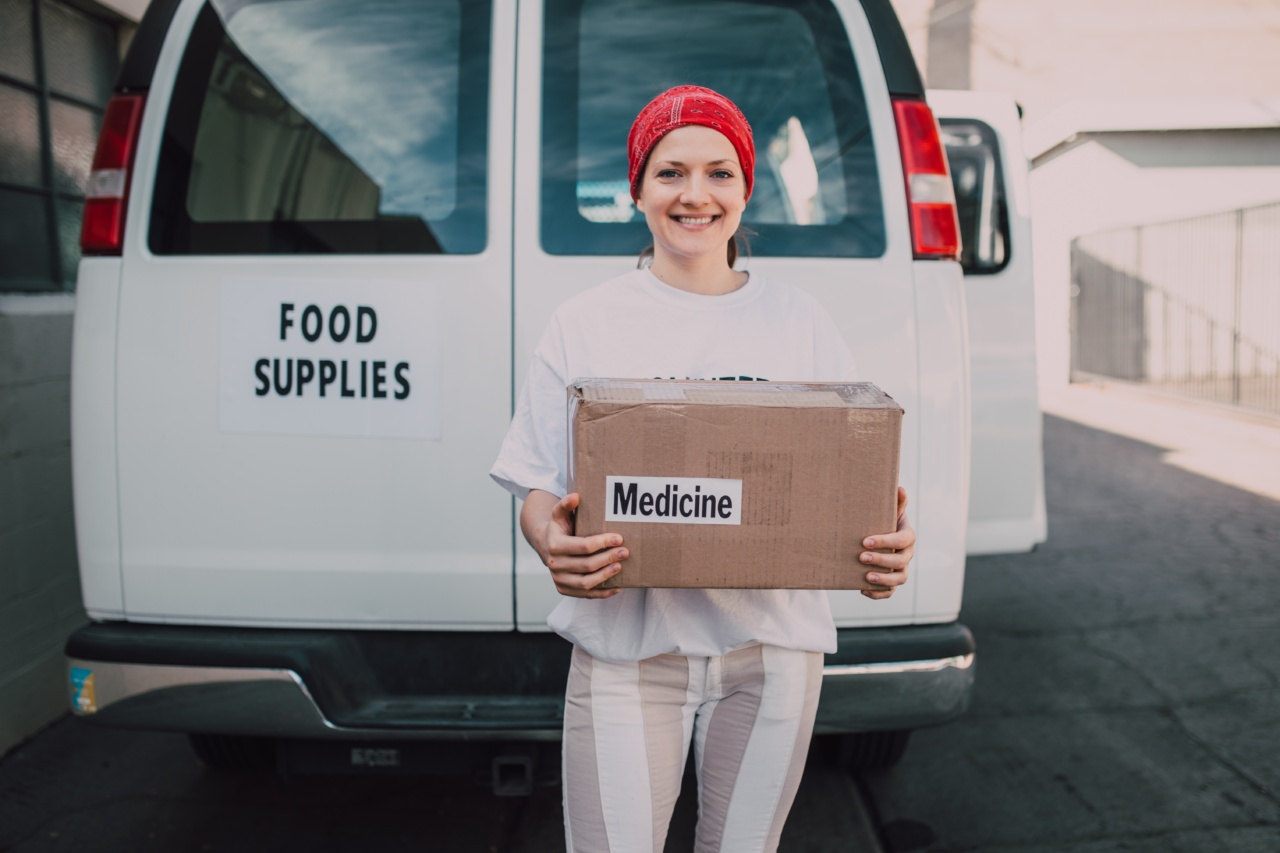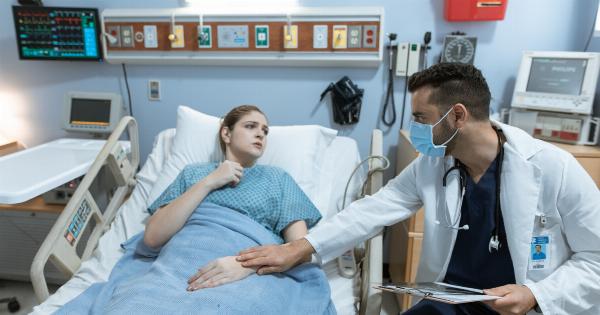Ebola is a severe and potentially fatal hemorrhagic fever that can affect people of all ages. The Ebola virus disease (EVD), also known as Ebola hemorrhagic fever, is caused by the Ebola virus.
It is a rare disease that is particularly deadly to children.
Causes of Ebola
Ebola virus disease occurs when a person becomes infected with the Ebola virus. The virus is transmitted through contact with bodily fluids, including blood, vomit, saliva, urine, sweat, semen, and breast milk.
The virus can also be spread through contact with objects that have been contaminated with bodily fluids from an infected person.
The Ebola virus is most commonly transmitted through close contact with infected individuals. This can occur through caring for an infected person, handling the body of an infected person, or from contact with bodily fluids during sexual activity.
Symptoms of Ebola in Kids
The symptoms of Ebola virus disease in children are similar to those in adults. However, young children may be more likely to experience vomiting, diarrhea, and rash than older children and adults.
Early symptoms of Ebola virus disease in children may include fever, headache, muscle pain, weakness, and fatigue. This can be followed by nausea and vomiting, diarrhea, and a rash. These symptoms can be severe and may progress rapidly within a few days.
As the disease progresses, children may develop more severe symptoms, such as bleeding from the eyes, ears, mouth, and nose. They may also experience difficulty breathing, seizures, and coma.
Risk Factors for Ebola in Kids
Children who are living in areas where Ebola outbreaks are occurring are at a higher risk for contracting the disease. Children who have had close contact with someone who has Ebola virus disease are also at a higher risk.
Children who have weak immune systems, such as those who are malnourished or have other health conditions, may be more susceptible to contracting Ebola.
Treatment for Ebola in Kids
There is no specific treatment for Ebola virus disease.
Treatment typically involves supportive care, such as providing fluids and electrolytes to prevent dehydration, managing the child’s symptoms, and providing treatment for any secondary infections or complications that may arise.
There are also experimental treatments and vaccines that are being developed to help prevent and treat Ebola virus disease. However, these treatments are not widely available and are still being tested.
Prevention of Ebola in Kids
The best way to prevent the spread of Ebola virus disease is to avoid contact with infected individuals and to practice good hygiene.
This includes washing hands frequently with soap and water, using hand sanitizer when soap and water are not available, avoiding contact with bodily fluids, and avoiding close contact with sick individuals.
If you live in an area where Ebola outbreaks are occurring, it is important to follow local health advisories and guidelines to limit your risk of developing the disease.
Conclusion
Ebola virus disease is a serious and potentially fatal illness that can affect children of all ages. It is caused by the Ebola virus and is transmitted through contact with bodily fluids or contaminated objects.
Early symptoms of the disease include fever, headache, muscle pain, weakness, and fatigue. Children who are at a higher risk for Ebola virus disease include those who live in areas where outbreaks are occurring, those who have had close contact with someone who has the disease, and those who have weak immune systems.
The best way to prevent the spread of Ebola virus disease is to practice good hygiene and avoid contact with infected individuals.

























